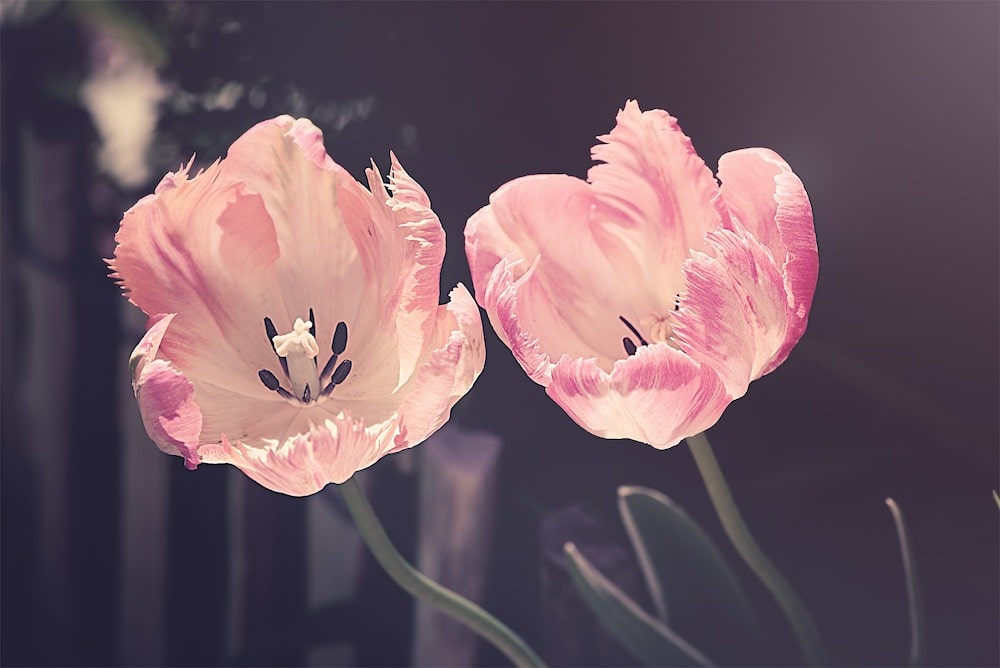Having plants in your home does more than just liven up the place – they can actually improve your quality of life. Studies have shown that being around plants can help reduce stress, improve concentration, and boost your mood. Not to mention, they can also help purify the air in your home. If you’re looking to add some greenery to your life but don’t know where to start, this guide is for you. We’ll cover everything you need to know about taking care of your plants, from choosing the right ones for your home to watering and fertilizing them. By the end of this guide, you’ll be a plant parent pro!
The Different Types of Plants
Different types of plants have different needs when it comes to caring. Some need more water, some need more light, and some need a certain type of soil. Knowing what your plant needs will help you keep it healthy and happy. As the people from harpersnurseries.com note, a garden is a beautiful and relaxing addition to any home, but it takes work to keep it looking nice. One of the most common types of plants is succulent. Succulents are easy to care for and don’t require a lot of water. They can be kept in both sunny and shady areas, making them versatile plants for any home.
Cacti are another popular type of plant. Like succulents, they don’t need a lot of water and can tolerate both sunny and shady areas. Cacti come in many different shapes and sizes, so you can find one that fits your space perfectly.
Ferns are a type of plant that prefer shady areas with high humidity. They need to be watered regularly, but not too much or their leaves will start to brown. Ferns make great houseplants because they purify the air and add a touch of greenery to any room.
Houseplants are a great way to add life to your home, but they do require some care and attention. By knowing what type of plant you have and what it needs, you can keep it healthy and happy for years to come.
How Often to Water Your Plants
Water is the most important element to plant growth, but how much and how often to water your plants can be confusing. Over-watering or under-watering can both lead to problems, so it’s important to get it right.
– The type of plant: Some plants need more water than others. For example, succulents and cacti store water in their leaves and can go longer without being watered.
– The size of the plant: A larger plant will need more water than a smaller plant.
– The pot size: A plant in a small pot will dry out faster than a plant in a large pot.
– The weather: Hot, dry weather will make plants thirstier than cool, wet weather.
The Best Fertilizers for Your Plants
1. Compost: This is one of the best fertilizers you can give your plants, as it is packed with nutrients that they will love. If you don’t have any compost available, you can also use manure or other organic matter.
2. Chemical Fertilizers: These are generally considered to be the most effective fertilizers, as they provide a high concentration of nutrients. However, you need to be careful not to overdo it with chemical fertilizers, as too much can burn your plants.
3. Slow-Release Fertilizers: These are a great option if you want to provide your plants with a steady supply of nutrients over an extended period of time. Slow-release fertilizers are usually applied once every few months, so they’re perfect for those who don’t want to worry about applying fertilizer too often.
4. Liquid Fertilizers: These are another great option for those who want to provide their plants with a quick boost of nutrients. Liquid fertilizers are typically applied through a watering can or hose, and they’re perfect for giving your plants an extra shot of nutrients when they need it most.
When to Repot Your Plants
 One of the most important things you can do for your plants is to repot them when they need it. But how do you know when they need it? Look for these telltale signs:
One of the most important things you can do for your plants is to repot them when they need it. But how do you know when they need it? Look for these telltale signs:
The plant has outgrown its pot. If the roots are coming out of the drainage holes, or if the plant is toppling over, it’s time for a bigger pot.
The plant is not growing. If your plant seems stunted, or if new growth is slow, it may be rootbound and in need of more room to grow.
The soil is exhausted. If the soil is depleted of nutrients, it’s time to replant in fresh soil.
The plant looks unhealthy. If the leaves are yellowing or falling off, the plant may be suffering from a lack of water or nutrients. Repotting can help revive an unhealthy plant.
We hope you enjoyed our ultimate guide to taking care of your plants! By following these simple tips, you’ll be sure to keep your plants healthy and vibrant for years to come. Keep in mind that every plant is different, so be sure to research the specific needs of your plants. And if you ever have any questions, don’t hesitate to ask a professional!

